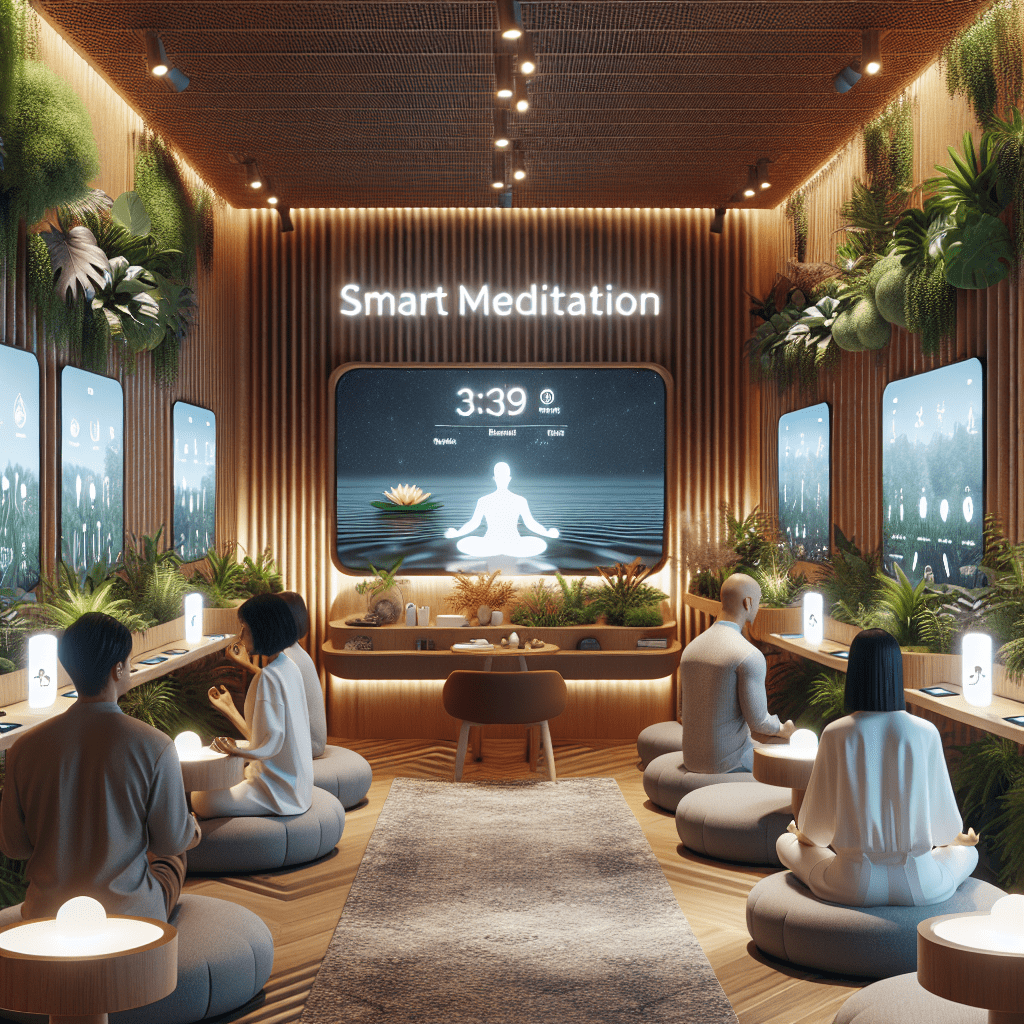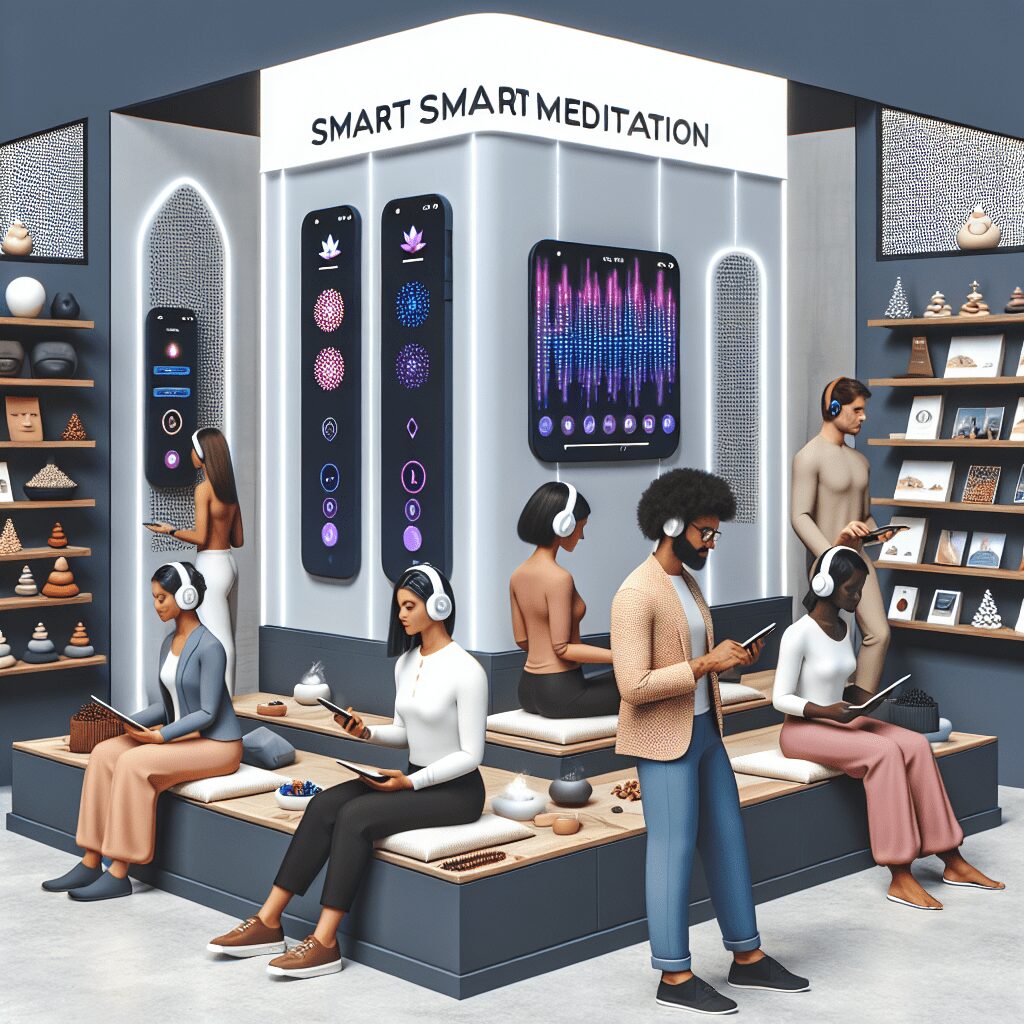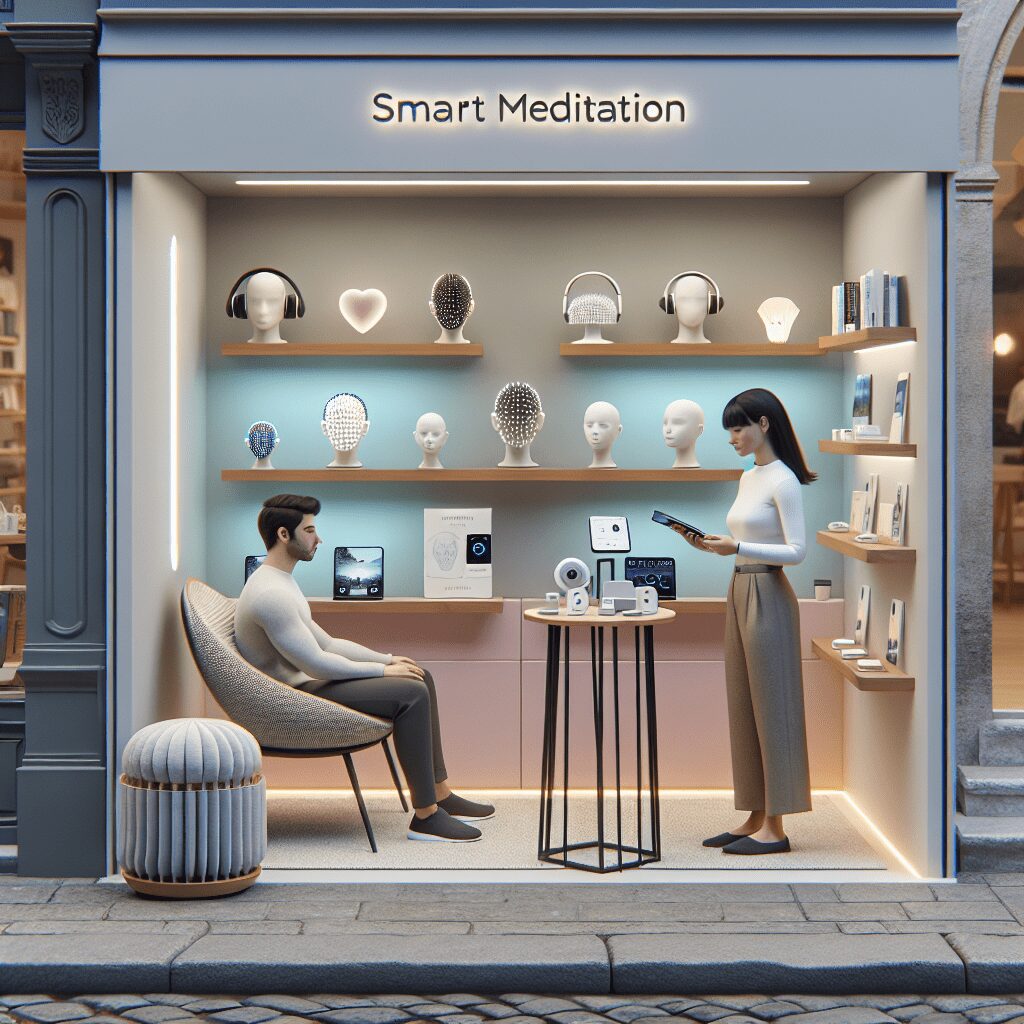
Prioritize your mental well-being daily. Enhance your life by nurturing your mental health with the Smart Meditation app. Break free from stress, alleviate anxiety, and enhance your sleep quality starting today.
Is Meditation Mindfulness?
Meditation and Mindfulness: Understanding the Connection
In today’s high-speed world, where the hustle and bustle often drown out the quieter moments, many are turning to ancient practices to find peace and clarity. Among these, meditation and mindfulness stand out as beacons of tranquility and self-awareness. But hang on, aren’t they just two sides of the same coin? Well, not quite. Let’s dive deep into the nuances that differentiate them and explore how they intertwine on the path to mental well-being.
Peeling Back the Layers: Meditation vs. Mindfulness
At first glance, meditation and mindfulness might seem like interchangeable terms. Both practices encourage a heightened state of awareness and a focus on the present. However, the devil, as they say, is in the details, and understanding these can help you leverage their benefits more effectively.
Meditation: A Vehicle for the Mind
Meditation is often visualized as a peaceful person in lotus position, eyes closed, in a state of deep tranquility. And while that’s not entirely off the mark, meditation is much more than just a pose. It’s a structured practice, a time you set aside each day to engage in a mental exercise. Whether it’s focusing on your breath, repeating a mantra, or visualizing a peaceful scene, meditation requires you to sit down and dedicate a specific amount of time to practice. It’s about training your brain, much like hitting the gym trains your muscles.
Mindfulness: The Art of Being Present
Now, let’s talk about mindfulness. Mindfulness is meditation’s more spontaneous cousin. It’s the practice of being fully present and engaged in whatever you’re doing, without letting your mind drift into the past or the future. You can be mindful while washing dishes, taking a walk, or even in the middle of a conversation. It doesn’t demand special time from your schedule; instead, it weaves itself into the fabric of your daily life.
Bridging the Gap: How They Complement Each Other
So, we’ve established that meditation and mindfulness are not quite the same thing. But rather than viewing them as separate entities, think of them as complementary pieces of a larger puzzle of mental wellness. Meditation, with its structured practice, can significantly enhance your ability to be mindful. As you get better at sitting and focusing during your meditation sessions, you’ll find it easier to be present in your day-to-day activities. In other words, meditation can be seen as training wheels for the bike of mindfulness.
Incorporating These Practices into Your Life
Eager to get started? Here’s how you can incorporate these practices into your life to foster a greater sense of peace and mental clarity:
- Set aside time for meditation: Aim for a daily practice, even if it’s just for a few minutes. Morning or evening doesn’t matter; what’s important is consistency.
- Be mindful in everyday activities: Choose an activity you do daily and make a conscious effort to be fully present while doing it. This could be as simple as savouring every bite of your breakfast or fully immersing yourself in the sensation of a hot shower.
- Use apps and courses: Plenty of resources are available to guide you on your journey. Apps like Headspace or Calm offer guided meditations tailored to beginners and seasoned practitioners alike.
Remember, the road to mental clarity and peace is a marathon, not a sprint. By weaving meditation and mindfulness into the fabric of your life, you’re not just doing your brain a favor; you’re embarking on a transformative journey of self-discovery and awareness. And who knows? You might just find the serenity you’ve been searching for amidst the chaos of the modern world. So, why not give it a shot? Your mind will thank you for it.





